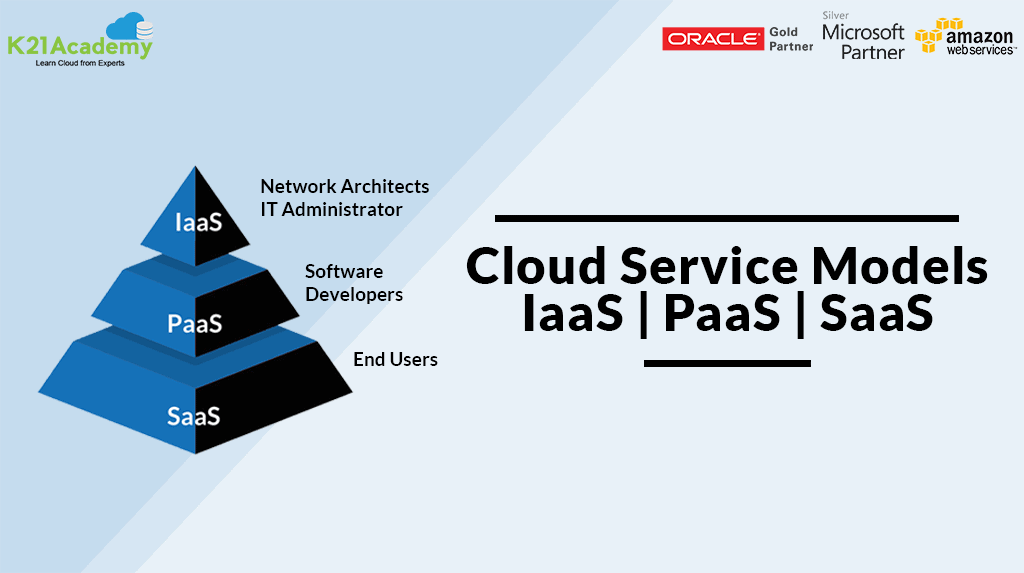Understanding LinkDaddy Cloud Services: The Ultimate Overview to Cloud Services Press Release Tactics
Understanding LinkDaddy Cloud Services: The Ultimate Overview to Cloud Services Press Release Tactics
Blog Article
Simplify Your Framework With Cloud Services
As companies browse the ever-evolving landscape of innovation and data administration, the duty of cloud services in streamlining framework has come to be increasingly popular. How can companies properly browse this transition and genuinely open the possibility of cloud solutions for simplifying their infrastructure?
Benefits of Cloud Solutions
Cloud services offer a structured strategy to handling IT facilities, providing businesses with versatility, cost-efficiency, and scalability. One of the crucial advantages of cloud services is the scalability they provide.
Additionally, cloud services eliminate the need for services to purchase costly software and hardware. This cost-efficiency is a substantial benefit, especially for tiny to medium-sized ventures wanting to minimize in advance costs. By making use of cloud services, businesses can access high-quality IT sources without the large price tag linked with standard infrastructure arrangements.
Additionally, cloud solutions provide services with the flexibility to access their data and applications from anywhere with a web link. This level of availability boosts collaboration among groups, makes it possible for remote job, and enhances overall efficiency. The versatility offered by cloud services equips services to adapt promptly to altering market problems and consumer demands.
Expense Financial Savings and Scalability
In addition to the operational benefits highlighted previously, the assimilation of cloud solutions into a company's infrastructure produces substantial price savings and boosted scalability. Cloud services offer a pay-as-you-go model, permitting services to scale resources up or down based on current needs, thus preventing the costs connected with preserving excess capacity. This flexibility enables companies to adjust promptly to rising and fall needs without incurring unnecessary expenses.
Moreover, cloud solutions remove the demand for ahead of time investments in hardware and software application, minimizing funding expenses. Operating costs are likewise lessened as firms no more require to take care of and preserve physical servers, leading to lower energy intake and IT staffing prices. In addition, cloud services provide automatic updates and maintenance, guaranteeing that the infrastructure stays safe and updated without requiring manual interventions.
Improved Security Steps
Executing stringent safety steps is paramount when incorporating cloud solutions into a firm's infrastructure to safeguard sensitive data and make sure compliance with market laws. Cloud solution companies use improved safety attributes such as information security, firewall program defense, and multi-factor verification to mitigate cybersecurity risks.
Furthermore, regular safety and security audits and conformity evaluations help determine vulnerabilities and ensure adherence to sector requirements. Companies can additionally gain from features like automatic security updates and real-time danger monitoring provided by cloud company. By prioritizing security procedures and remaining aggressive in resolving possible risks, organizations can confidently leverage cloud services while shielding their important information from unapproved gain access to or breaches.
Transitioning to Cloud Infrastructure
To efficiently incorporate cloud solutions into a company's facilities, a structured method that deals with the shift in the direction of cloud-based options is imperative. Transitioning to shadow infrastructure entails cautious preparation and implementation to make certain a smooth movement process. The initial action is to assess the existing facilities and establish which applications and systems appropriate for movement to the cloud. This evaluation should take into consideration elements such as data sensitivity, compliance demands, and efficiency needs.
When the analysis is total, a migration technique should be established. This approach needs to outline the timeline, sources, and responsibilities for relocating each part to the cloud. It is important to connect this plan plainly to all stakeholders to ensure positioning and lessen disruptions throughout the transition.
Throughout the movement screening, procedure and tracking are crucial to identify and deal with any kind of Visit Website issues quickly. Normal checkpoints ought to be developed to track development and make needed adjustments. Additionally, training for staff members on making use of cloud solutions ought to be supplied to make certain a successful transition and take full advantage of the benefits of the new infrastructure.
Finest Practices for Cloud Adoption
Effective adoption of cloud services depends upon the strategic alignment of service objectives with technological abilities and business readiness. To guarantee a smooth change to the cloud, organizations should start by performing a comprehensive assessment of their current framework and identifying which work are best matched for cloud movement. It is vital to include vital stakeholders from different divisions in the decision-making procedure to get buy-in and resolve any issues early.
One more ideal method for cloud adoption is to prioritize safety and security and compliance. Organizations must very carefully review the safety and security steps used by cloud company and ensure that their data is protected according to market requirements and regulatory needs. Implementing durable data security, access controls, and why not try these out regular security audits can aid reduce risks connected with cloud fostering.

Final Thought

As businesses browse the ever-evolving landscape of modern technology and data administration, the role of cloud solutions in simplifying facilities has actually become increasingly noticeable - cloud services press release. How can services successfully navigate this change and truly open the potential of cloud services for streamlining their facilities?
Cloud services supply a streamlined approach to handling IT framework, giving companies with adaptability, scalability, and cost-efficiency. By using cloud visit this site services, companies can access top quality IT sources without the significant cost tag linked with traditional infrastructure arrangements.
To make certain a smooth change to the cloud, companies should start by carrying out a thorough evaluation of their present facilities and recognizing which work are best matched for cloud migration.
Report this page